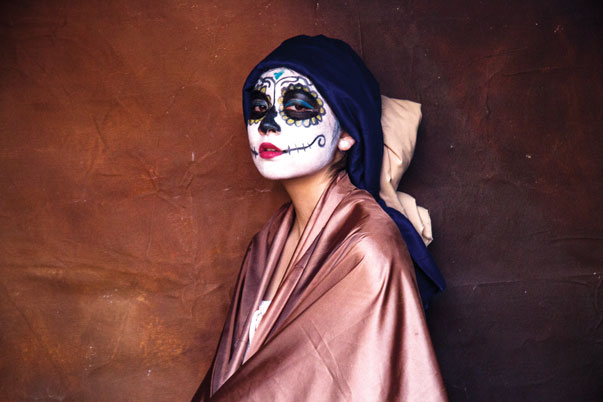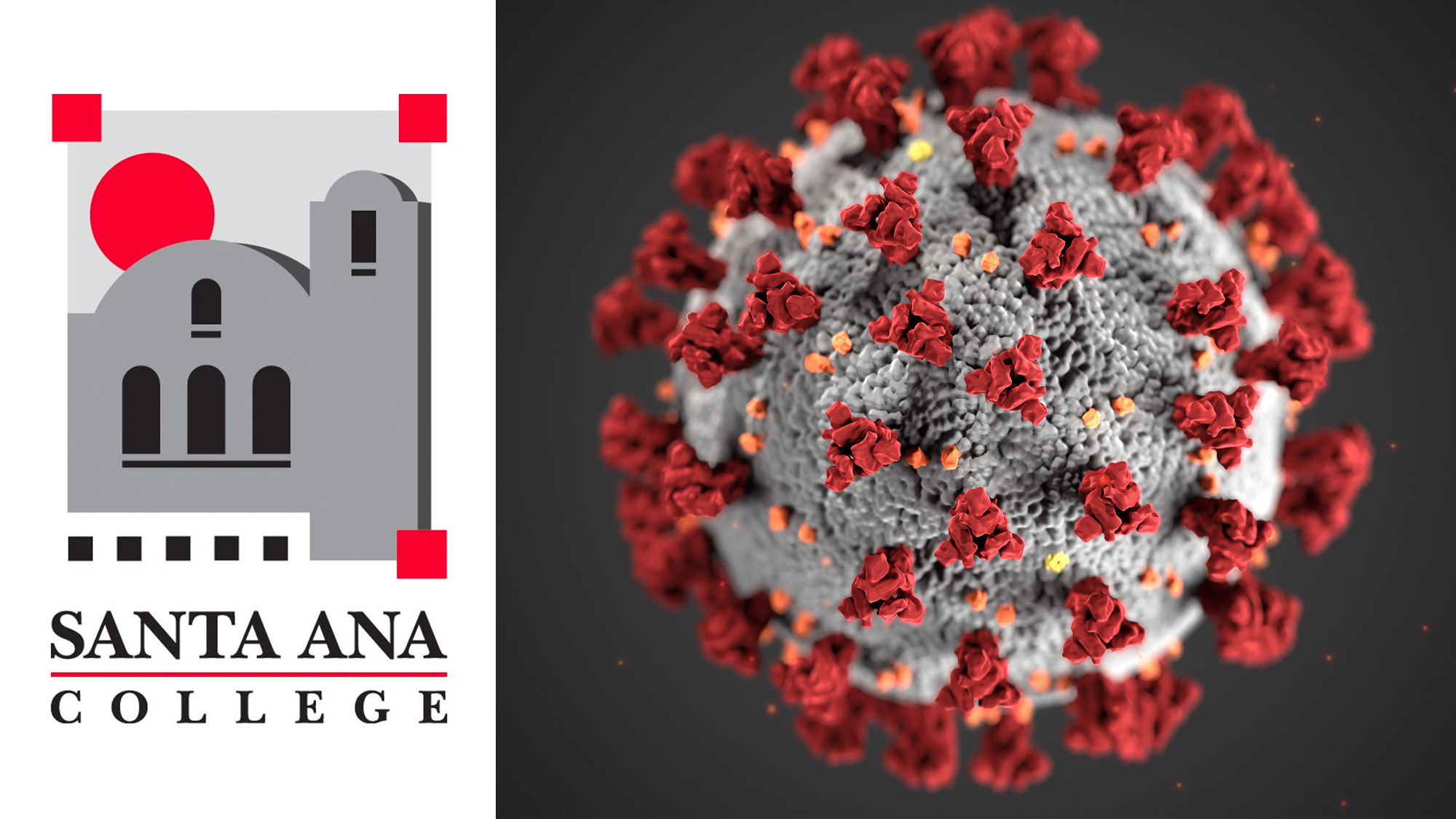
By: Rogelio Santana The scent of burning sage fills a small Downtown Santa Ana dance studio as the group members stomp, spin and shout. The palpitating beat of the huehuetl drums guides the Mesoamerican Dancers of Calpulli Xiucoatl. The ayoyotes, hollow tree nuts worn on the dancers’ ankles, jingle while feet shuffle and stomp on the dance floor. Depending on the mood of the song, the sound can mimic gentle rain or a coiled rattlesnake ready to attack. “This is not a performance, this is a celebration,” Mazacutlutli Avila Ledesma said. “Our purpose is to save our culture.” Danza Azteca is a 500-year-old mystical folk dance tradition from Central Mexico. Calpulli Xiucoatl is one of thousands of indigenous cultural groups carrying on the spiritual traditions passed down from their ancestors. Omar Cuezalin Rios founded the group in 1997 and has been part of El Centro Cultural de Mexico’s programming since 2001. El Centro is a community center that offers free art, music and dance lessons. Some songs performed honor the sun and fire while others are war hymns. Dancers emulate leaping frogs, hunters and other natural elements, but all songs represent nature’s balance between peace and chaos. Entertainment is not the point, Cuezalin said. “It’s to educate those who don’t know. Danza is to narrate the mythology, it’s a ceremony in its own,” Cuezalin said. As the last act comes to an end, the group drops to their knees, sweat trickling from their pores, dampening their skirts, bandanas and other clothing, all part of their traditional garb. They sit and circle to get ready for the final part of their ceremony. They gather around the drums and the tlamanalli, an altar for mother earth, to give thanks for the positive forces in their lives and the world. “We are a community. We are not performing in front of a community, we are a community dancing with one another,“ Cuezalin said. “I really want people to know about our culture, the real knowledge and dignity of our indigenous culture. As a race, as a people.” [tn3 origin=”gallery” ids=”10″ skin=”eris-vertical” transitions=”normal blinds” width=”603″ height=”450″]
- The two-party system is failing us. - October 19, 2024
- Read our Fall 2023 Print: Vol. 100 No. 1 - October 23, 2023
- Santa Ana College Awarded State Department of Finance Grant - April 2, 2015











